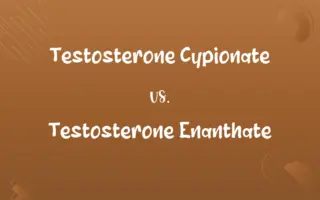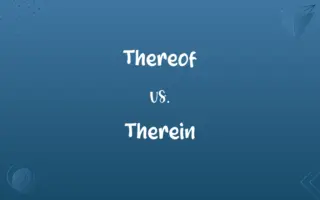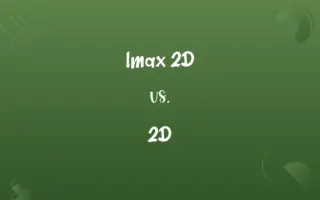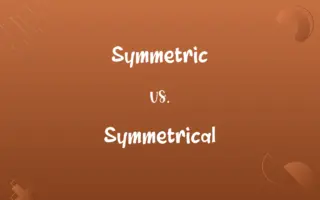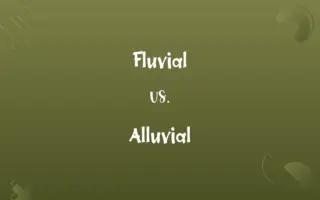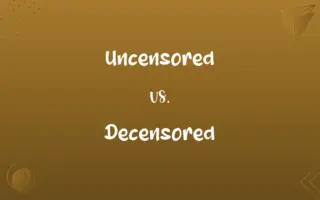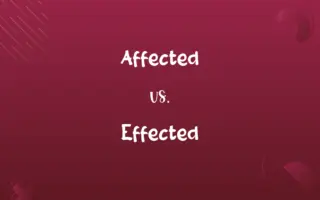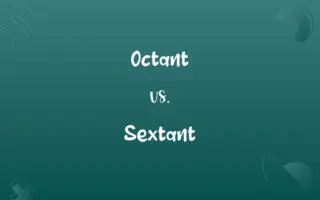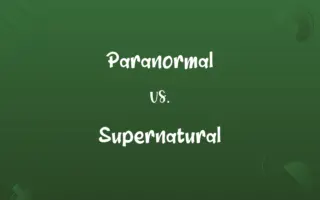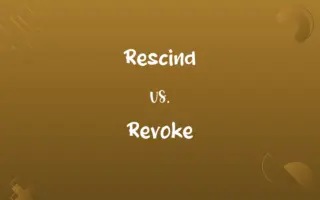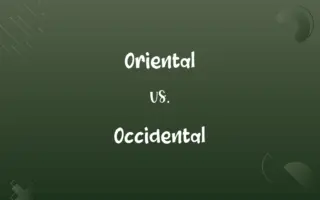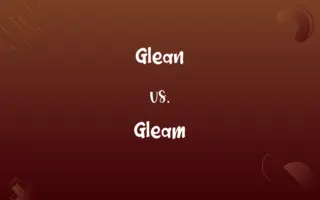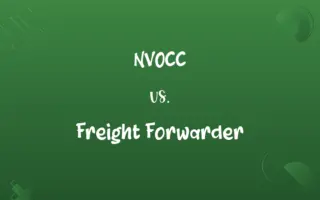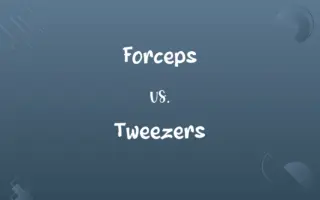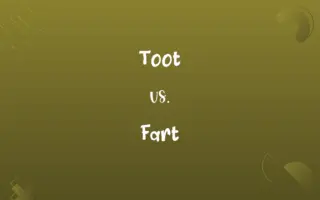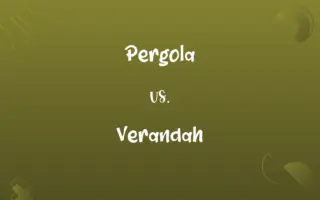Addition Polymerisation vs. Condensation Polymerisation: Know the Difference

By Shumaila Saeed & Hifza Nasir || Published on July 25, 2024
Addition polymerization involves monomers joining without by-products, while condensation polymerization forms polymers and small molecules like water.
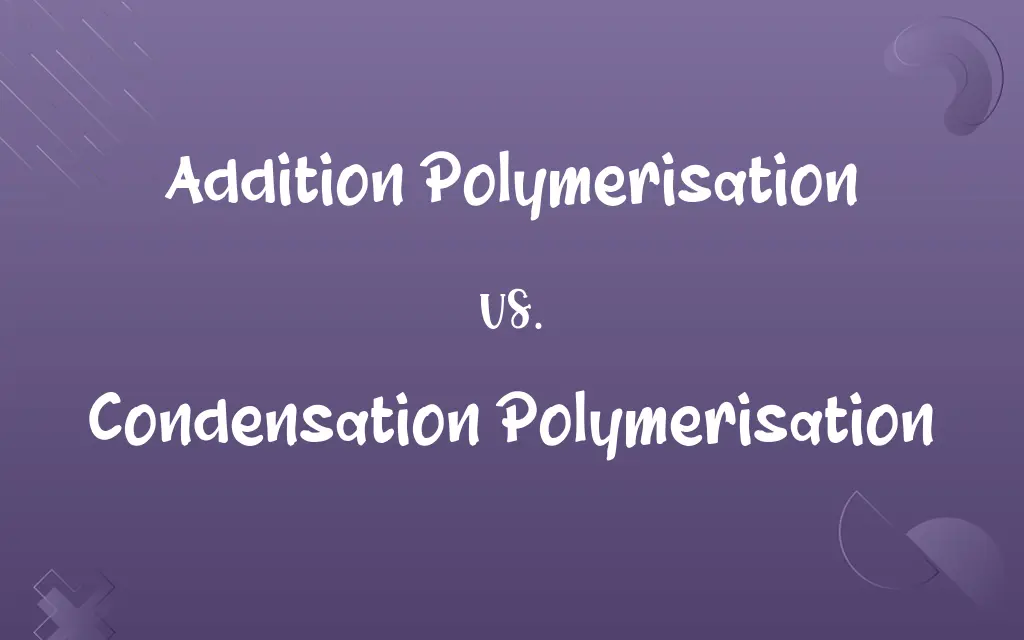
Key Differences
Addition polymerization occurs when unsaturated monomers join in a reaction chain, forming a polymer without producing any by-products. On the other hand, condensation polymerization involves the joining of monomers with the loss of a small molecule, usually water, alcohol, or hydrogen chloride.
Hifza Nasir
Jul 25, 2024
Addition polymerization process typically involves the breaking of double or triple bonds in monomers, which then form single bonds with other monomers to create a long chain. For instance, the polymerization of ethene (ethylene) results in polyethene (polyethylene), a common plastic material. condensation polymerization is a type of polymerization often occurs between two different monomers, each containing complementary functional groups that react to form the polymer and a small molecule as a by-product. Nylon and polyester are classic examples of polymers formed through condensation polymerization.
Shumaila Saeed
Jul 25, 2024
One key distinction is the type of monomers involved. Addition polymerization typically uses monomers with double or triple bonds (unsaturated), allowing them to directly link together. These reactions are often initiated by heat, light, or catalysts, leading to the formation of very long polymer chains. In contrast, condensation polymerization uses monomers that have two functional groups necessary for the reaction to occur. These functional groups are reactive and can form bonds with other monomer molecules while releasing small molecules. This process can lead to the formation of polymers with diverse structures, including linear and cross-linked polymers.
Hifza Nasir
Jul 25, 2024
Another difference lies in the complexity and variety of the resulting polymers. Addition polymerization generally produces polymers that are more uniform and simpler in structure. These polymers are widely used in various applications, including packaging materials and plastic bottles. Condensation polymerization, however, allows for the creation of polymers with more complex structures, including copolymers. These polymers have a wide range of properties and uses, from fibers and resins in textiles to engineering plastics.
Shumaila Saeed
Jul 25, 2024
Comparison Chart
ADVERTISEMENT
Monomer Types
Unsaturated (with double or triple bonds)
With two functional groups
Shumaila Saeed
Jul 25, 2024
Polymer Structure
More uniform and simpler
More complex, including linear and cross-linked
Dua Fatima
Jul 25, 2024
Applications
Packaging materials, plastic bottles
Fibers, resins, engineering plastics
Hifza Nasir
Jul 25, 2024
Addition Polymerisation and Condensation Polymerisation Definitions
Addition Polymerisation
Initiated by heat, light, or catalysts.
Addition polymerization of styrene to polystyrene is often initiated by heat.
Shumaila Saeed
Mar 06, 2024
ADVERTISEMENT
Condensation Polymerisation
Leads to diverse polymer structures.
Polyesters can be engineered into fibers like Dacron or resins for bottles.
Shumaila Saeed
Mar 06, 2024
Addition Polymerisation
Produces uniform and simple polymers.
Polypropylene is a result of addition polymerization, offering high chemical resistance.
Hifza Nasir
Mar 06, 2024
Condensation Polymerisation
Utilized for complex polymers.
Polyamides, including various nylons, are produced through condensation polymerization.
Hifza Nasir
Mar 06, 2024
Addition Polymerisation
Results in long, continuous polymer chains.
The addition polymerization of vinyl chloride produces polyvinyl chloride (PVC).
Dua Fatima
Mar 06, 2024
Condensation Polymerisation
Applications include textiles and plastics.
Polyurethane, used in foam and elastomers, is made through condensation polymerization.
Shumaila Saeed
Mar 06, 2024
ADVERTISEMENT
Addition Polymerisation
Involves breaking double or triple bonds.
The polymerization of propylene involves breaking its double bond to form polypropylene.
Hifza Nasir
Mar 06, 2024
Condensation Polymerisation
Monomers join, releasing small molecules.
Nylon is formed from diamine and dicarboxylic acid, releasing water.
Hifza Nasir
Mar 06, 2024
Addition Polymerisation
Process where unsaturated monomers join without by-products.
Polyethylene is produced from ethylene through addition polymerization.
Shumaila Saeed
Mar 06, 2024
Condensation Polymerisation
Requires monomers with two functional groups.
Terephthalic acid and ethylene glycol undergo condensation polymerization to form polyester.
Shumaila Saeed
Mar 06, 2024
Repeatedly Asked Queries
What distinguishes addition from condensation polymerization?
Addition polymerization involves monomers joining directly without by-products, while condensation polymerization includes the release of small molecules.
Hifza Nasir
Jul 25, 2024
Can addition polymerization occur with any type of monomer?
It typically involves unsaturated monomers with double or triple bonds.
Shumaila Saeed
Jul 25, 2024
What are some common by-products of condensation polymerization?
Water, alcohol, and hydrogen chloride are typical by-products.
Shumaila Saeed
Jul 25, 2024
Can both polymerization methods produce plastics?
Yes, both can produce plastics, but the types and properties of the plastics can vary greatly.
Shumaila Saeed
Jul 25, 2024
How are polymer properties influenced by the polymerization method?
The method determines the polymer's structure, which in turn affects its physical and chemical properties.
Shumaila Saeed
Jul 25, 2024
Why do condensation polymerizations release small molecules?
This is due to the reaction between two functional groups on the monomers, which join and expel a small molecule.
Shumaila Saeed
Jul 25, 2024
Are the products of addition polymerization always simple?
Yes, they tend to be more uniform and simpler compared to those from condensation polymerization.
Shumaila Saeed
Jul 25, 2024
Is one method preferred over the other for certain applications?
The choice of method depends on the desired properties of the polymer, with addition polymerization favored for simpler structures and condensation for more complex or specific functionalities.
Shumaila Saeed
Jul 25, 2024
What role do functional groups play in condensation polymerization?
They are crucial for the reaction, as they allow the monomers to link together while releasing a small molecule.
Hifza Nasir
Jul 25, 2024
What advancements are being made in polymerization techniques?
Research is focusing on developing more sustainable polymerization processes, including the use of green catalysts and renewable monomers.
Hifza Nasir
Jul 25, 2024
Do both polymerization types require catalysts?
Catalysts are more commonly used in addition polymerization, while condensation polymerization depends on the reactivity of functional groups.
Shumaila Saeed
Jul 25, 2024
Can addition polymerization produce biodegradable plastics?
Generally, addition polymers are less likely to be biodegradable compared to some condensation polymers designed for biodegradability.
Shumaila Saeed
Jul 25, 2024
How does the complexity of the polymer affect its use?
More complex polymers from condensation polymerization often have specific properties making them suitable for specialized applications like textiles or engineering plastics.
Hifza Nasir
Jul 25, 2024
Can condensation polymers be recycled?
Yes, many condensation polymers are recyclable, though the process complexity and efficiency can vary.
Dua Fatima
Jul 25, 2024
Are all addition polymers resistant to chemicals?
Many, but not all, addition polymers have high chemical resistance due to their simple and uniform structure.
Shumaila Saeed
Jul 25, 2024
Share this page
Link for your blog / website
HTML
Link to share via messenger
About Author
Written by
Shumaila SaeedShumaila Saeed, an expert content creator with 6 years of experience, specializes in distilling complex topics into easily digestible comparisons, shining a light on the nuances that both inform and educate readers with clarity and accuracy.
Co-written by
Hifza Nasir